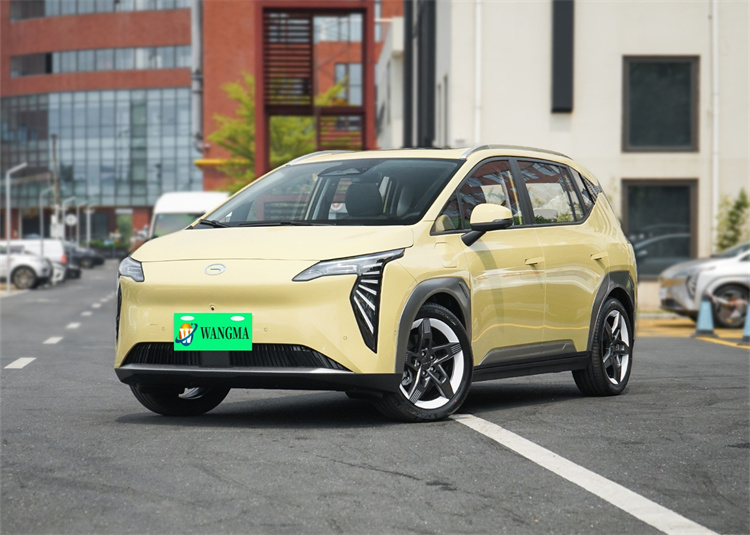
Nov . 30, 2024 05:10 Back to list
Exploring the Future of Clean Energy Vehicles and Sustainable Transportation Solutions
The Rise of New Energy Vehicles A Sustainable Future
As the world faces the dire consequences of climate change and the depletion of fossil fuels, the automotive industry is undergoing a profound transformation. New energy vehicles (NEVs), which include electric vehicles (EVs), hydrogen fuel cell vehicles, and hybrids, are at the forefront of this change. These vehicles not only promise to reduce our carbon footprint but also represent a significant shift in technology, consumer behavior, and urban planning.
The Necessity of NEVs
The urgency for new energy vehicles stems from several pressing global issues. The transportation sector is one of the largest contributors to greenhouse gas emissions, accounting for nearly a quarter of global emissions. As urban populations grow and the demand for personal and commercial transportation increases, the need for cleaner alternatives has never been greater. NEVs present a viable solution to address these environmental concerns. Electric vehicles, for example, produce zero tailpipe emissions, significantly improving urban air quality.
Technological Advancements
The rapid advancement in battery technology has been a game changer for the electric vehicle market. Lithium-ion batteries, which power most modern EVs, have seen significant improvements in energy density, charging speed, and lifespan. New developments, such as solid-state batteries and lithium-sulfur batteries, promise to enhance these vehicles’ performance even further. Moreover, regenerative braking technology, which captures energy typically lost during braking, continues to improve the efficiency of these vehicles.
Hydrogen fuel cell technology is also gaining traction. It converts hydrogen gas into electricity, with water vapor as the only byproduct. This technology offers advantages such as faster refueling times and longer driving ranges compared to traditional battery EVs. As infrastructure improves, the adoption of hydrogen vehicles could also see substantial growth.
Market Trends and Consumer Adoption
Globally, the market for new energy vehicles is expanding rapidly. Governments around the world are introducing incentives to promote the adoption of NEVs, such as tax credits, rebates, and investments in charging infrastructure. Countries like Norway and China lead the way in terms of market share, with electric vehicles comprising a significant percentage of new car sales.
new energy vehicle

Consumer perceptions are changing as well. A growing number of consumers view NEVs as desirable, not just environmentally friendly. Factors such as lower operating costs, advancements in technology, and a wider selection of models have made electric and hybrid vehicles more attractive. Major automotive manufacturers are responding by investing heavily in NEV development, committing to ambitious electrification goals that will see the majority of their fleets comprise electric and hybrid models within the next two decades.
Urban Planning and Infrastructure
The rise of new energy vehicles is also influencing urban planning and infrastructure. Cities are reimagining transportation systems to accommodate the shift toward electrification by expanding charging networks, implementing smart grids, and promoting multi-modal transportation solutions. Furthermore, the development of “green” zones, which restrict the use of internal combustion engine vehicles, is becoming more common, paving the way for NEVs to become integrated into urban landscapes.
Challenges Ahead
Despite the significant progress in the NEV sector, challenges remain. Infrastructure for charging, especially in rural areas, still lags behind the rapid growth of the vehicle market. Additionally, concerns regarding the environmental impact of battery production and the sourcing of raw materials like lithium and cobalt must be addressed.
Consumer fears about range anxiety—the worry that a vehicle will run out of power before being recharged—also need to be alleviated through advancements in battery technology and the expansion of charging networks.
Conclusion
New energy vehicles represent an essential component of a sustainable transportation future. As technology continues to evolve and consumer acceptance grows, they hold the potential not only to reduce emissions but also to transform the entire automotive landscape. By addressing the challenges that lie ahead and ensuring that infrastructure keeps pace with vehicle innovations, we can look forward to a cleaner, more sustainable future in transportation. The journey towards a low-emission world is not just an option; it is a necessity that requires coordinated efforts from governments, manufacturers, and consumers alike.
-
Cost-Effective Tram: GPT-4 Turbo AI Savings
NewsAug.03,2025
-
New Energy Vehicles with GPT-4 Turbo AI
NewsAug.02,2025
-
Premium 26 Gauge Galvanized Steel Coil Maker | Quality
NewsJul.31,2025
-
GPT-4 Turbo New Energy Vehicles: AI-Driven Efficiency & Smart Mobility
NewsJul.31,2025
-
Electric Vehicles for Sale: New Cars, Used Cars & NIO ES8 Offers
NewsJul.30,2025
-
BYD New Energy Vehicles: Innovative New Cars for a Greener Future
NewsJul.29,2025